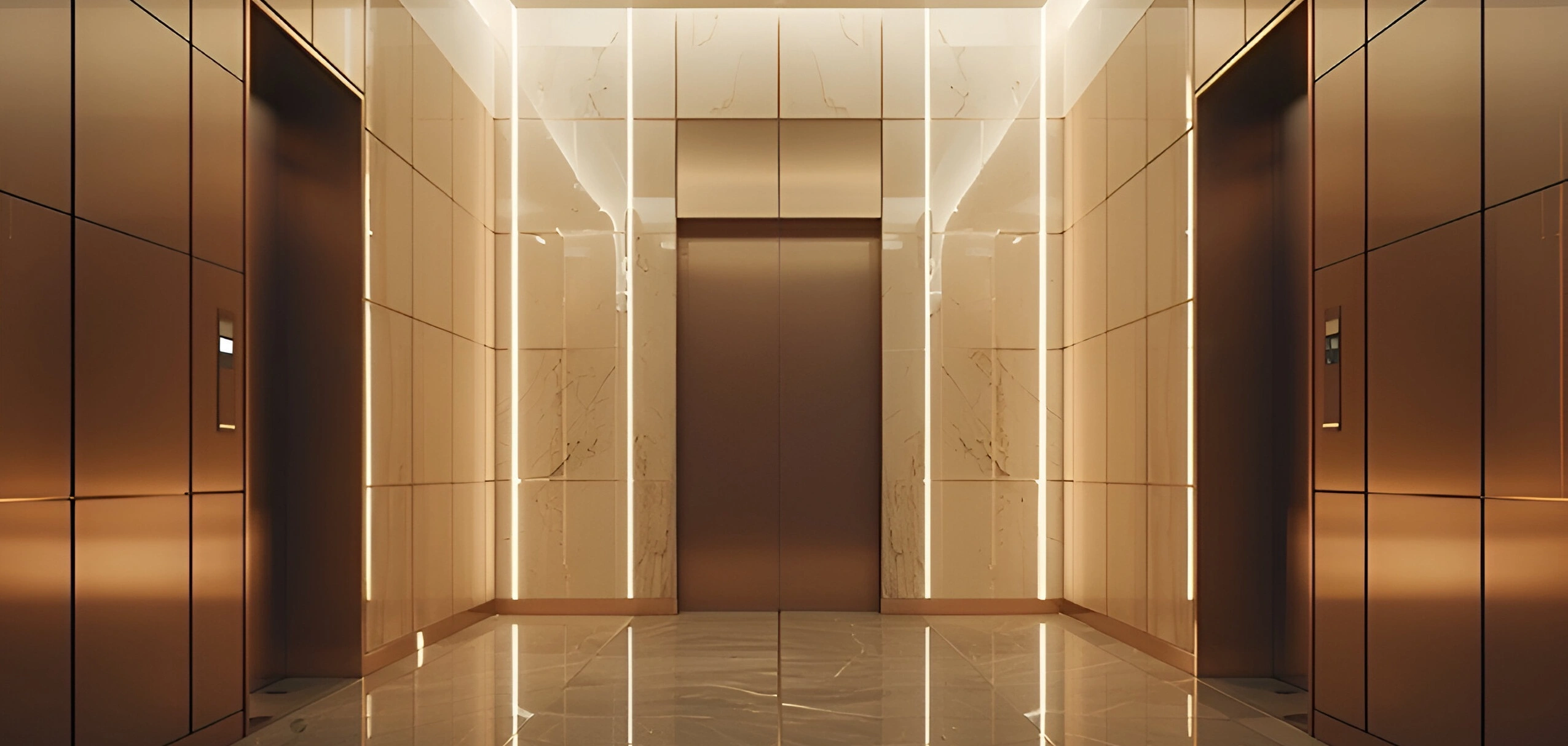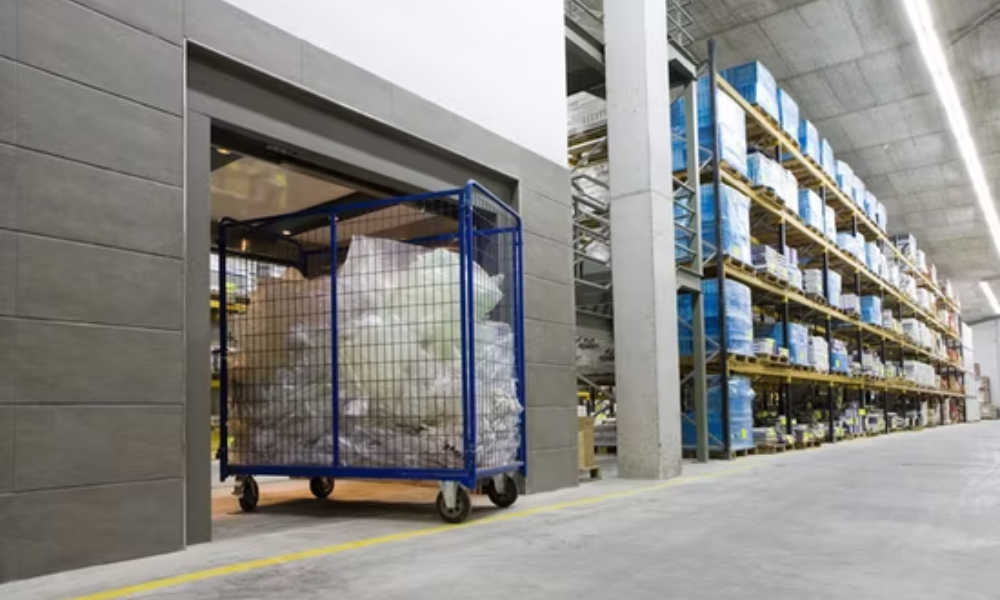
Goods Elevator Manufacturer Uttarakhand | DT Allianz Lifts
Home Goods Elevator Manufacturer Uttarakhand | DT Allianz Lifts

Date :2025-06-21
In the rapidly growing industrial landscape of Uttarakhand, efficient vertical transportation of goods has become a critical factor for productivity and safety. Goods elevators, also known as freight elevators, are specifically designed to handle heavy loads and bulk materials in industries, warehouses, factories, and commercial complexes. With Uttarakhand’s push towards industrialization, smart warehousing, and infrastructure development, the demand for reliable and robust goods elevators is surging.
This blog delves into the significance of goods elevators, the features and benefits of modern systems, manufacturing standards, installation process, and why choosing the right manufacturer is essential for your business success.
Uttarakhand is home to diverse industries ranging from textiles, cement, mining, pharmaceuticals, and manufacturing. In all these sectors, transporting heavy machinery parts, raw materials, finished goods, and inventory safely and efficiently is essential.
Goods elevators offer:
With the expansion of industrial hubs in Jaipur, Jodhpur, Udaipur, and Kota, businesses are actively seeking custom-built goods elevators tailored to their specific needs.
Goods elevators vary depending on the application and capacity. Here are the main types commonly manufactured and installed in Uttarakhand:
These elevators use hydraulic power to lift heavy loads. They are ideal for low to mid-rise buildings (up to 5-6 floors) and provide smooth, controlled lifting. Their robust design makes them perfect for heavy machinery or bulk cargo.
Traction elevators operate using ropes and counterweights. They are energy-efficient and suitable for high-rise warehouses and industrial buildings where speed and capacity are critical.
MRL goods elevators do not require a separate machine room, saving construction costs and space. They are favored in modern industrial setups where space optimization is vital.
For specialized industries like pharmaceuticals or food processing, custom elevators with stainless steel cabins, hygiene-compliant surfaces, and specific load requirements are manufactured.
When choosing a goods elevator, certain features ensure reliability, safety, and ease of use:
In Uttarakhand, manufacturers of goods elevators follow stringent quality and safety standards to ensure durability and reliability:
Choosing a manufacturer who prioritizes these aspects ensures long-term performance and minimal downtime.
Experts conduct a detailed assessment of the building structure, shaft dimensions, load requirements, and usage frequency.
Based on the survey, a tailored design is developed including cabin size, load capacity, speed, and safety features. A cost and timeline proposal is shared with the client.
The building shaft, pit, and machine room (if applicable) are prepared to receive the elevator components.
Components including the cabin, motor, hydraulic system, control panels, and doors are delivered and assembled on-site by skilled technicians.
The elevator undergoes comprehensive testing for safety, load capacity, and operational efficiency. Certifications are issued once all criteria are met.
The client's staff is trained on operating procedures, safety protocols, and basic troubleshooting. Maintenance schedules are provided to ensure smooth functioning.
Partnering with a trusted manufacturer ensures:
One well-known name in the region for delivering high-quality goods elevators is DT Allianz Lifts, which offers state-of-the-art manufacturing coupled with excellent customer support.
Goods elevators in Uttarakhand commonly range from 500 kg to over 10,000 kg depending on industry needs. Manufacturers customize capacity based on client requirements.
Manufacturing usually takes 4 to 6 weeks, with installation spanning 1 to 2 weeks depending on the complexity and site conditions.
Yes. Modern goods elevators use energy-saving motors, regenerative drives, and advanced controls to reduce electricity consumption.
Essential features include overload protection, emergency stop buttons, door interlocks, backup power supply, and smooth braking systems.
Regular preventive maintenance every 3 to 6 months is recommended, with more frequent checks in high-usage industrial settings.
As Uttarakhand advances in industrial growth and infrastructure, goods elevators are indispensable assets for enhancing operational efficiency, safety, and cost savings. Selecting a reputable manufacturer that provides customized, high-quality, and compliant goods elevators ensures your business can meet production demands and regulatory standards effectively.
For industrial projects in Uttarakhand requiring superior goods elevator solutions, DT Allianz Lifts stands out as a trusted partner, combining engineering excellence with dedicated support.